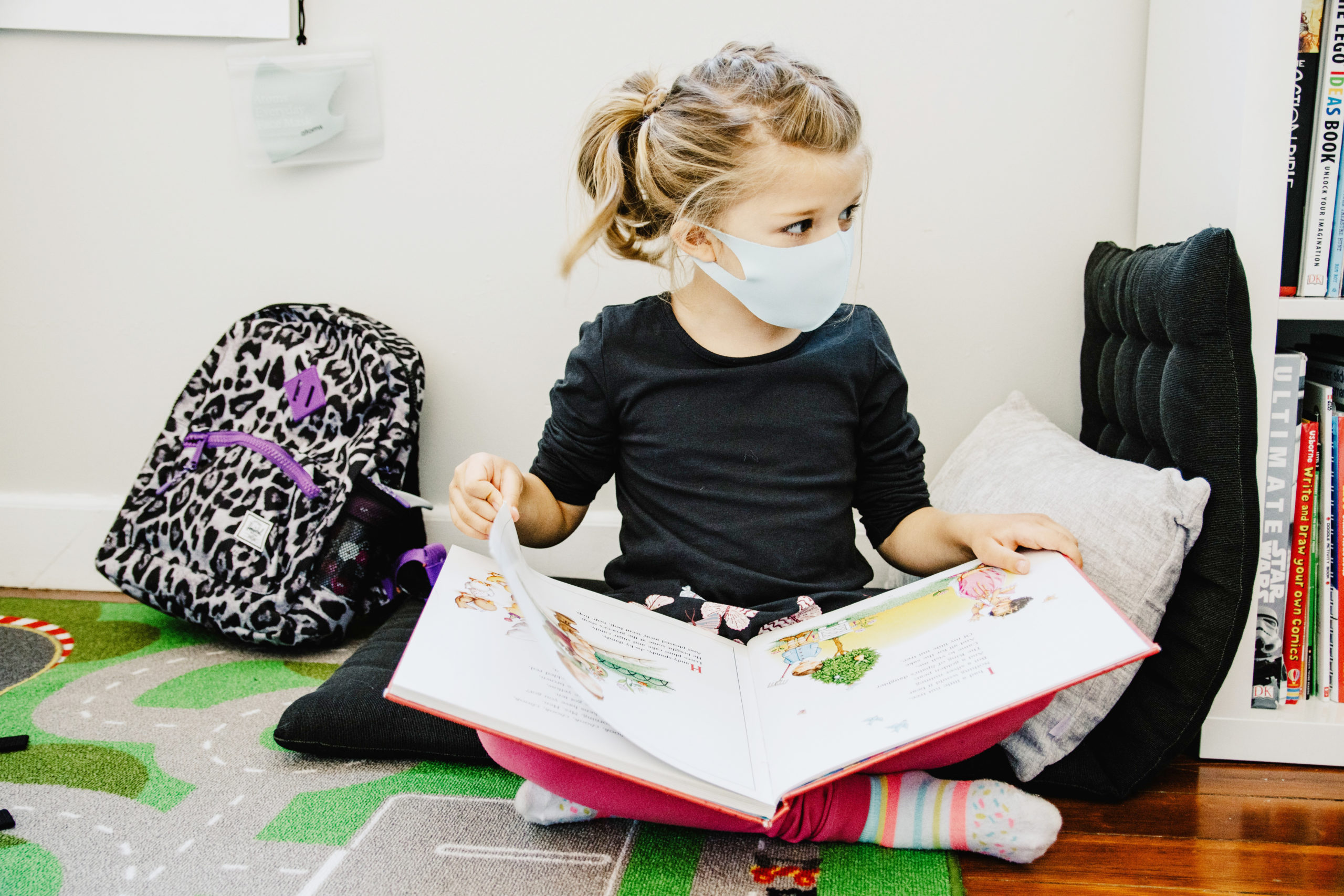
Lifestyle

Lifting the mask on post-COVID-19 challenges
Published
2 years agoon
Whether it be emotional or, in the case of children, developmental, the impact of mask-wearing has gone far beyond providing COVID-19 protection. And though many are rejoicing the recent lifting of the mask mandate, others have mixed feelings.
Before you celebrate no longer having to wear masks, consider the fact that you can no longer pretend not to recognise people at the school pick-up or hypermarket queue. Such observations may be tongue-in-cheek, but there’s an element of truth to them. For some, especially the introverts among us, mask-wearing was a perfect way to avoid socialising or revealing our true emotions. Without masks, there’s suddenly nowhere to hide.
If you’re feeling completely overwhelmed at this prospect, there may be deeper issues at play. “People may experience anxiety in social circumstances with feelings of extreme self-consciousness and low self-esteem, self-doubt, and insecurity,” says clinical psychologist Lana Kagan Sack. “The pandemic may have masked this for a prolonged period and, together with masks and social distancing, allowed those people not to have to engage fully with others.”
Obviously, in the context of COVID-19, there may be those feeling uncomfortable about removing their masks purely out of fear of contracting the virus. Yet, it’s important to differentiate between COVID-19 anxiety and fear of engaging with others socially, says Kagan Sack.
There are those who feel vulnerable in opening up to others. “Those with underlying depression and/or anxiety may find this even harder.” Yet it’s important to remember that simply revealing our faces doesn’t mean we need to divulge our deepest secrets.
If social engagement has long been a challenge, COVID-19 restrictions have probably exacerbated it. “For people with social insecurities, we can’t underestimate the fact that the past two years have seriously hampered development and the practice of social skills,” says Kagan Sack. “Reading verbal and non-verbal cues has been hampered for many. We need to remember how to make small talk – to chat about anything from the news to the weather. Practice that as a first step towards socially engaging again.”
For adults and children alike, anxiety levels have been particularly high since the pandemic began. “Psychiatrists are fully booked for a year and medication is a constant,” says educational psychologist Sarah-Jane Lipshitz. “The mask rituals, the handwashing, and the constant cleaning created its own anxiety and obsessive-compulsive behaviour that may take years to lessen. Some children who were naturally anxious are having a hard time adapting to life without a mask.”
Although high anxiety levels are undeniable, children are naturally resilient and have bounced back much quicker than expected, she says. Yet, there are those who will have a harder time adapting.
“If you have a child that already has an anxious disposition, there may be some hesitation or anticipatory anxiety towards the removal of masks,” says educational psychologist Ashley Jay. “This is especially pertinent for kids who were afraid or have subsequently become afraid of germs and illness. It may also apply to kids who worry about yet another change of the rules, or to younger children who may have trouble recalling a mask-free world.”
To deal with this, Jay suggests adapting mask-wearing to the person and situation, for example a doctor’s office versus a park. “Let kids know that if they feel uncomfortable, it’s their choice to wear a mask and no one can force them not to until they feel comfortable. Address your child’s questions before different situations, and slowly desensitise towards mask removal.”
Investigate the underlying reasons for reluctance to let go of masks, says Lipshitz. “Holding onto your mask is about anxiety. It’s because you felt out of control when the virus started and now you want to maintain some form of control,” she says. She suggests drawing two circles with your kids, one representing what we can control, like going to school, and the second a smaller circle within it that represents what we can’t control, like the weather or COVID-19. “This helps them to feel safer and more in control.”
Though the impact differs from child to child, mask-wearing has also probably affected speech development. “When we’re listening to someone talk, we’re not just listening to the words that they’re saying, we’re also looking at their faces and their bodies and getting a lot of information from how the person is talking,” says Naomi Barsky Brick, a speech therapist and audiologist. “It’s not just about decoding and understanding a message through facial expressions, it’s also about being able to form the sounds.”
Auditory processing – the way in which you decode and make sense of what you hear – has also been affected by mask-wearing, she says. “In order to process sounds better, we compensate with the visual. Once we take that away by putting on a mask, we resort only to that auditory system. For kids with auditory processing difficulties – which go hand in hand with attention deficit and anxiety – it’s so much harder. In the classroom where the medium of instruction is primarily auditory or verbal, having those masks on teachers and peers has highlighted auditory processing issues.”
In terms of socialisation, mask-wearing may have posed a challenge for some. “Children can read some emotions with masked faces, but it may have been more difficult, particularly for younger kids, to do so,” says Jay. “Mask-wearing may have impacted processes important for emotional development such as social referencing and emotional mimicry.”
Yet, she says, emotions are communicated in a variety of ways other than facial expressions – tone of voice, body posture, and physical touch. “Therefore, kids would have been able to use these cues to figure out what another person was feeling even if that person was wearing a mask and in turn, apply these skills to themselves.”
In terms of developmental delays, it’s difficult to say what can be attributed to masks and what can be attributed to the COVID-19 era and the environmental changes it brought, says Barsky Brick. “Anxiety has been massive, and children have spent more time at home and on the screen than ever before. So much has had an impact on development.”
Experts also argue that many kids may be behind educationally due to the impact of things like periodic online learning. An educational and emotional catch-up across all grades and schools must be the focus, argues Lipshitz.
Yet, says Barsky Brick. “Pressurising our kids will just increase the already heightened anxiety brought by COVID-19. We need to give them extra support and have realistic expectations.”
- If you’re experiencing symptoms of depression or anxiety or severe anxiety reactions to a social situation such as panic or anxiety attacks, seek help from a professional psychologist or healthcare professional.










